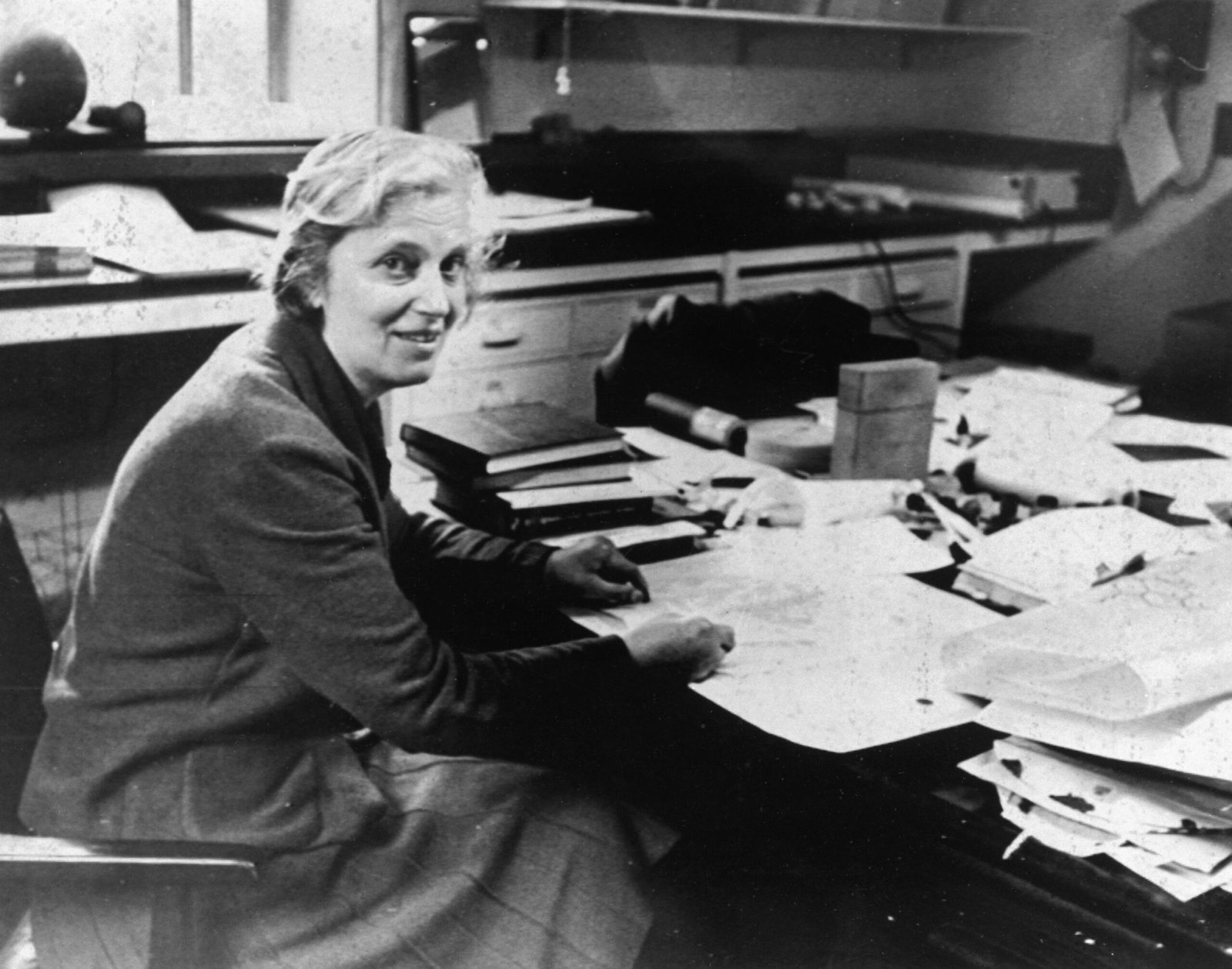Woman In Male-Dominated Field: Marie Skłodowska-Curie

-Bhoomee Vats
Born in Warsaw, Poland, on 7 November 1867, Maria Skłodowska was the youngest of her five siblings. After the death of her mother, her father could no longer support her, so she became a governess, reading and studying in her own time to quench her thirst for knowledge, and never lost her passion. Even though the family’s financial situation deteriorated over time, her father was deeply devoted to getting his children a good education. To make sure this happened, on Saturday evenings, he read literary classics to them. He brought home scientific equipment when Russian authorities eliminated laboratory instruction from the Polish curriculum. This step greatly influenced Maria’s formative years. Education was an important affair in her family. Even though opportunities for women in occupied Poland were severely limited at the time, Maria still excelled in school and worked towards getting an advanced degree.
In 1891, her sister, who was living in Paris, offered her lodgings, intending to attend university; she grasped the opportunity and moved to France. She immediately entered Sorbonne University in Paris, one of the few places where women could pursue a degree in science, where she read physics and mathematics, and she naturally discovered a love of the subjects through her insatiable appetite for learning. Around this time, she adopted the French spelling of her name, Marie.
Radioactivity
In 1896, the discovery of natural radioactivity by Henri Becquerel provided the push for Curie’s groundbreaking research. Marie coined the term “radioactivity” to describe the phenomenon and conducted exhaustive studies to measure the radioactivity of various substances. Through rigorous experimentation, she discovered that thorium compounds exhibited radioactivity, which is similar to uranium, suggesting that other radioactive elements are present in the environment. Collaborating with Pierre Curie, her husband, Marie Curie looked into and researched pitchblende, which is a uranium-rich mineral. Their efforts, hard work, and research led to the discovery of two new elements in 1898, which are polonium, named after Marie’s homeland, Poland, and radium. All these discoveries were major for the science field and established the Curies’ reputation in the scientific community, which led to them being awarded the 1903 Nobel Prize in Physics, shared with Henri Becquerel for their combined work on radioactivity.
Marie’s continued research focused on isolating pure radium, which was a difficult task in itself due to the element’s highly radioactive nature and scarcity. She succeeded in her task in 1910, further demonstrating her extraordinary determination, devotion, and scientific knowledge. This achievement was huge as it not only solidified her scientific legacy but also had a profound impact on medical science, particularly in the development of radium therapy for cancer treatment. Marie Curie received her second Nobel Prize in 1911, this time in Chemistry, for her discovery of radium and polonium and her investigation of their properties. These achievements combined made her the first person to win Nobel Prizes in two different scientific fields. Her work laid the foundation for future research in nuclear physics and chemistry, profoundly influencing the scientific community.
Legacy
Curie’s achievements went beyond the scientific field; her role as an educator and mentor had a huge impact on future generations of scientists. She was the first woman to become a professor at the University of Paris, where she inspired countless students with her rigorous approach to research and her dedication to scientific inquiry. Keeping her legacy alive, her daughter, Irène Joliot-Curie, followed in her footsteps, contributing to the family’s scientific legacy by winning a Nobel Prize in Chemistry in 1935. The career of Marie Curie was not without hardships and controversies. One such major controversy involved her relationship with Paul Langevin, who was a fellow physicist, which caused a major public scandal and headlines. This scandal was further escalated due to the prevailing social norms of the time, which were particularly harsh on women in science.
On July 4, 1934, at the age of 66, Marie Curie passed away at the Sancellemoz Sanatorium in Passy, France. Curie worked extensively with radioactive materials, without knowing that they could cause serious harm to life, which led to her health decline. The effect of her research practices on her health raised concerns about the safety protocols that should be established in scientific research practices. Her death was caused due to aplastic anemia, which is a condition resulting from prolonged exposure to radiation due to her scientific research. Her legacy in the present time is being taken forward by her own two daughters, Irene and Eve. Curie’s hard work and efforts are not just measured by her scientific discoveries but also by her utter devotion and determination to advance in academia and improve human health. Her discoveries and work continue to inspire scholars worldwide, embodying the continuous pursuit of discovery and the major impact of scientific innovation on society.
Conclusion
Marie Curie’s contributions to science and medicine are beyond our imagination. All her discoveries and research, like that of radioactivity, the isolation of polonium and radium, and the development of practical applications for her research, have left an unimaginable mark on medical science. Her contributions in advancing radiological techniques and cancer therapies continue to save countless lives and influence more work in the medical field. The use of radium in treating tumours provided a new direction for cancer therapy, which continues to develop today. Her work was essential for modern radiation therapy and is a cornerstone of cancer treatment.
Marie Curie was an amazing woman whose discoveries brought new trends and ideas in physics and chemistry, and also opened the door for progress in fields of engineering, biology, and medicine. She is an inspiration for women in science some examples of this includes, her being the first woman to receive a doctor of science degree in France, the first woman to win Nobel Prize, the first woman to lecture at the Sorbonne, the first person to win two Nobel Prizes, and the first Nobel Laureate whose child also won a Nobel Prize. Her life is a great example of the changing role of women in science and academia over the last century. It continues to be a guiding light in the lives of many scholars and scientists who want to bring about great changes.


